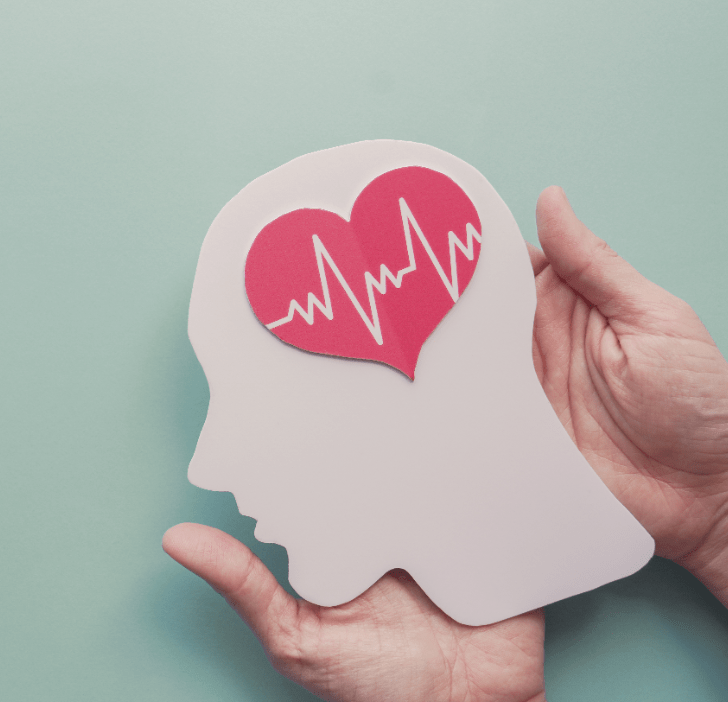Nearly 800,000 people in the U.S. have a stroke each year, with about 3 of 4 being first-time strokes. The good news is 80% of all strokes are preventable. There are stroke risk factors that individuals can control, treat, and improve.
Controllable risks include (but are not limited to) the following factors:
- If you have high blood pressure (hypertension [HTN]), know your numbers and keep them low. High blood pressure is the leading cause of stroke and the most controllable risk factor.
- If you smoke, take steps to stop. Cigarette smoking is another crucial risk factor.
- If you have diabetes, either Type 1 or 2, keep blood sugar controlled. Those with diabetes have high blood pressure, elevated cholesterol, and are overweight, so the risk of stroke increases.
- If you have high cholesterol, get it under control. High cholesterol elevates the risk of stroke.
- If you are physically inactive, start moving, and increase activity. Start slow and do what you enjoy.
- If you are overweight or obese, take steps to reduce weight to the healthy range. Small changes in diet and increased activity can help manage weight and reduce the risk of stroke.
- Eat foods that improve heart and brain health. Avoid saturated and Trans fats, sodium, and added sugars. Choose healthy foods – fruits, vegetables, whole grains, fish, lean meats, and low-fat dairy.
Why is diet so important?
Choosing a variety of foods provides nutrients needed by the brain to stay healthy. A healthy diet can help lower cholesterol and reduce blood pressure, both of which strain blood vessels and cause inflammation. A healthy diet with controlled portions can lead to a healthier weight, resulting in feeling more energetic, leading to more activity and improved well-being.
Know the warning signs for stroke
Don't ignore these symptoms, even if they go away. Call 9-1-1 or the emergency services number in your area. Responding quickly is critically important!
- Sudden numbness or weakness of the face, arm, or leg, especially on one side of the body
- Sudden confusion, trouble speaking or understanding
- Sudden trouble seeing in one or both eyes
- Sudden trouble walking, dizziness, loss of balance or coordination
- Sudden severe headache with no known cause
The American Stroke Association suggests an easy way to remember how to spot a stroke with the acronym FAST: Face drooping; Arm weakness; Speech difficulty; Time to call 9-1-1.
Right away, the right care can make all the difference in saving lives and maintaining the quality of life. The type of treatment provided depends on the type of stroke — medication treatment to dissolve the clot or mechanical treatment to remove it physically are typical. Medication must generally be used within 3 hours of having the stroke and used before the medical procedure. Act FAST!
Every stroke is unique, but strokes tend to affect people in common ways, including paralysis, vision loss, speech problems, and behavioral and emotional changes. Different types of therapies can help the recovery process, and medical treatments can help lower the risk of another stroke. Up to 80% of second clot-related strokes may be preventable with dietary modification, exercise, and appropriate medications. Following your physician's direction and the pharmacist's guidance after a stroke is crucial to reducing another stroke risk.
At Mom's Meals®, our goal is to provide a variety of delicious, easy to prepare meals to meet your nutritional needs. Eating a healthy diet with various foods is an important step in reducing the risk factors for stroke and other conditions. We also offer pureed meals for those who have temporary or permanent trouble swallowing.
Source materials retrieved from “About Stroke,” “Understanding Risk,” “Warning Signs,” “Treatment,” and “Prevent another Stroke” from American Heart Association/American Stroke Association website @ www.strokeassociation.org (retrieved 10/2017).



